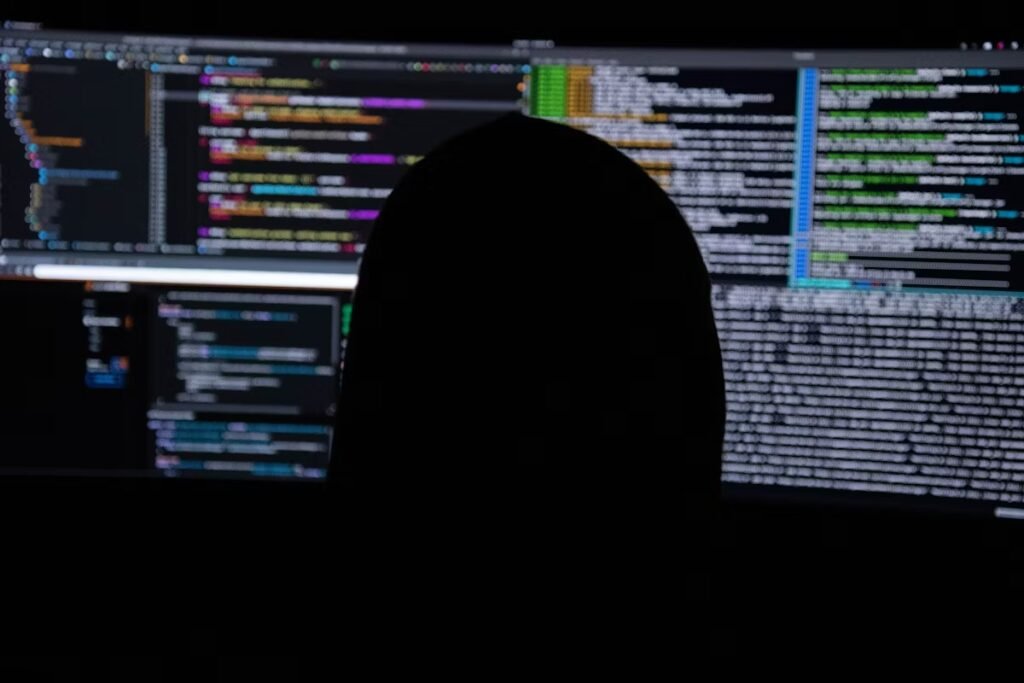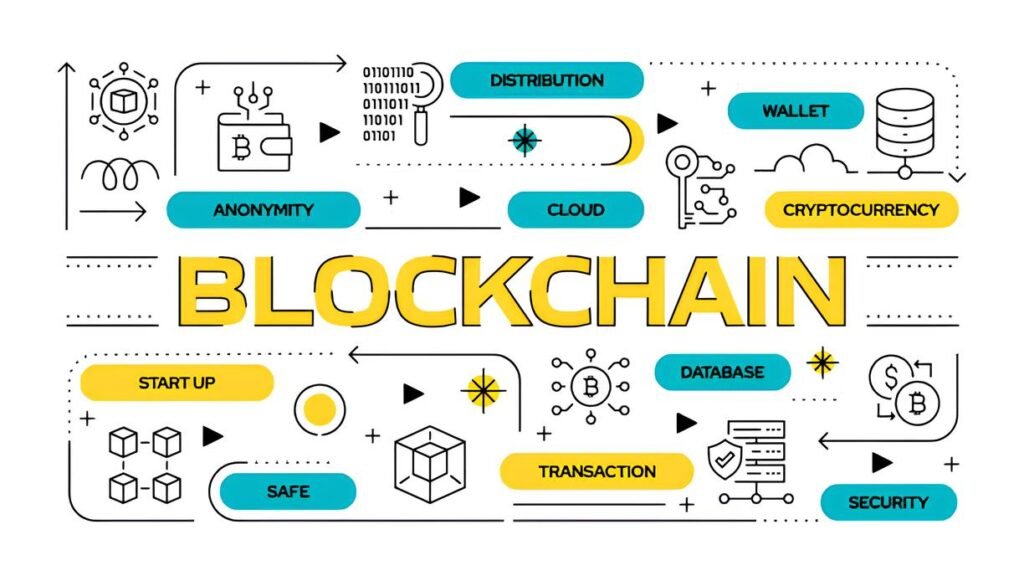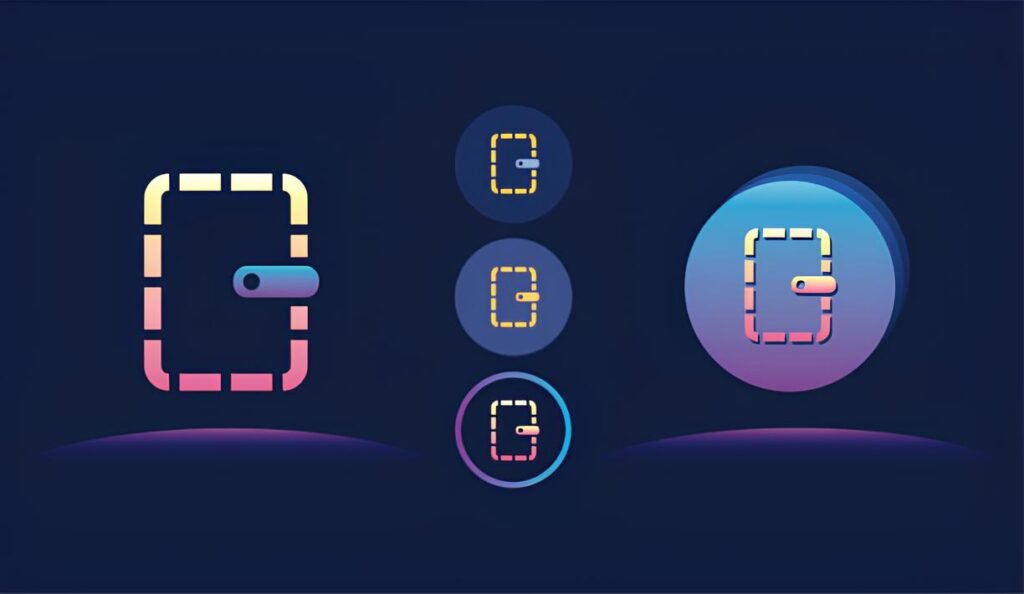Imagine navigating a marketplace where you can’t see who holds your money until the deal is done — but the system guarantees fairness automatically. No middlemen, no waiting games, no shady scams. What sounds like a futuristic fairytale is already shaking up how transactions take place on the darknet, transforming one of its most vulnerable points: trust.
Darknet transactions have always struggled with a fundamental relationship problem — how can buyers and sellers engage without fully trusting one another? Traditional escrow services have tried to solve this by acting as intermediaries holding funds until each party fulfills their end of the bargain. Yet, human intermediaries introduce delays, risks of corruption, and vulnerabilities to law enforcement or hacks. Enter the world of trustless escrow, a game-changer leveraging blockchain and smart contracts to redefine darknet payments.
In This Article
The Darknet Trust Dilemma
Since the early days of darknet marketplaces like Silk Road, trust has been the currency everyone craved but no one fully possessed. Buyers feared scams. Sellers worried about chargebacks or exit scams. The core challenge remains: How can two anonymous parties, possibly across multiple continents and jurisdictions, conduct high-stakes transactions without exposing their identities but still ensuring fairness?
Traditional escrow services sought to fill this gap by holding buyers’ funds and releasing payment when the product arrives. However, these services come with their own problems:
- Centralized control: Funds rest in the hands of a third party, making them a lucrative target.
- Susceptibility to coercion: Escrow operators can be pressured by law enforcement or hacks.
- Operational delays: Manual dispute resolution slows down transactions, causing frustration.
These weaknesses have long haunted darknet commerce, causing market crashes and user migration. But what if the middleman was a piece of code rather than a person?
What Is Trustless Escrow?
At its core, trustless escrow replaces human intermediaries with programmable, automated contracts on a blockchain. The “trustless” aspect means participants don’t need to trust each other or a single operator. Instead, the terms of the transaction are enforced by cryptographic code that executes only when certain predefined conditions are met.
Smart contracts — self-executing agreements stored on blockchain networks like Ethereum — empower this model. When a buyer sends funds into the smart contract, the money remains locked and inaccessible until the seller fulfills the agreed conditions. Once verified, the contract releases funds automatically.
This system provides transparency, reduces human error, and significantly cuts the risk involved in shady dealings — especially useful in environments where anonymity and privacy are paramount.
How Trustless Escrow Works in Darknet Payments
Implementing trustless escrow on the darknet typically involves these steps:
- Initiation: Buyer and seller agree on transaction terms via encrypted communication channels or darknet marketplaces.
- Funding: Buyer sends cryptocurrency — often Bitcoin or privacy coins like Monero — into a smart contract that acts as escrow.
- Delivery: Seller ships the product or delivers the service to the buyer anonymously.
- Confirmation: Buyer confirms receipt and satisfaction through an agreed-upon mechanism (sometimes an automated oracle or reputation system).
- Release: If the conditions are met, the smart contract automatically releases the funds to the seller without requiring manual intervention.
- Dispute: If a dispute arises, multi-signature wallets or decentralized arbitration protocols may trigger to assess and resolve the issue.
Because these contracts live on decentralized networks, they operate openly and reliably. Neither party can fudge the outcome, freeze the funds, or pull an “exit scam” once their crypto is locked.
Example: Multi-Signature Wallet Escrow
One implementation popular on darknet markets is the multi-signature wallet. Instead of relying on a single party, funds require multiple cryptographic signatures to transact. Typically, multisig wallets split control between buyer, seller, and an arbitrator.
This approach adds an additional layer of resilience against disputes and fraud. You can learn more about these mechanisms in how multi-signature wallets enhance privacy and trust on the darknet.
Key Benefits Driving Adoption
The shift to trustless escrow is more than a trend—it’s solving deep-rooted problems intrinsic to darknet commerce.
- Eliminating the single point of failure: With no humans holding keys, funds aren’t vulnerable to hacks, seizures, or corrupt trust operators.
- Faster transactions: Automated execution speeds up the payment process, benefiting vendors and buyers alike.
- Improved anonymity: No need to reveal identities to an escrow agent, reducing metadata and privacy risks.
- Cost savings: Removing middleman fees or commission layers lowers transaction costs, making markets more efficient.
- Transparency and auditability: The blockchain ledger offers a permanent record, deterring fraud through publicly verifiable contracts.
This new approach also aligns with broader cryptocurrency trends towards multi-sig escrow adoption and decentralized finance (DeFi) primitives, lending the darknet ecosystem more robustness and agility.
Always verify the authenticity of a trustless escrow smart contract by checking its source code and reputation. Open-source contracts with community audits are ideal for darknet transactions to minimize risks.
Challenges and Potential Risks
Despite its promise, trustless escrow isn’t a silver bullet. Several challenges remain, particularly in the complex darknet environment:
- Technical complexity: Users unfamiliar with crypto wallets or smart contracts risk mistakes that can lock funds permanently.
- Oracle dependency: Many smart contracts rely on oracles—external data providers—to confirm delivery or dispute outcomes. Compromised oracles can cause erroneous payouts.
- Code vulnerabilities: Bugs in smart contracts can be exploited by adversaries looking to drain funds or disrupt escrow processes.
- Dispute resolution complexity: Automated systems may struggle with subjective decisions, like quality disputes or shipping delays.
- Privacy leaks through blockchain analysis: Even with trustless escrow, blockchain transactions leave public footprints unless privacy coins are used cautiously.
Users should weigh these risks carefully and consider layered OPSEC strategies. Combining trustless escrow with privacy-focused cryptocurrencies, hardware wallets, and secure communication channels significantly reduces exposure.
The Future of Darknet Escrow
The integration of decentralized finance, enhanced privacy tools, and blockchain scalability improvements are set to push trustless escrow deeper into darknet commerce.
One emerging trend is the gradual incorporation of zero-knowledge proofs that allow escrow conditions to be verified without revealing sensitive information. This can enhance privacy beyond pseudonymous blockchain addresses.
Additionally, trustless escrow models are evolving towards decentralized arbitration, where dispute resolution decisions are crowd-sourced or managed by impartial DAOs (decentralized autonomous organizations) instead of singular arbitrators. This innovation promises more fair, transparent dispute outcomes without compromising anonymity.
Darknet users will also benefit from increasingly user-friendly interfaces and wallet integrations that simplify engaging with trustless escrow contracts. This reduces entry barriers and builds more resilient darknet economies.
For a deeper dive into the technical underpinnings and privacy implications, explore resources like how to detect crypto wallet scams to safeguard your assets in these evolving systems.
FAQ
Q: Can trustless escrow completely eliminate fraud on the darknet?
A: While it greatly reduces chances of scams involving escrow operators, no system is foolproof. Technical errors, or disputes about product quality, still require human judgment or decentralized arbitration.
Q: Are all cryptocurrencies compatible with trustless escrow?
A: No. Trustless escrow mostly runs on smart-contract enabled blockchains like Ethereum or Binance Smart Chain. Privacy coins like Monero present challenges pairing with escrow due to their anonymity features.
Q: How do trustless escrow contracts protect user identities?
A: By automating fund handling on blockchains and minimizing reliance on centralized agents, fewer personal details are exchanged. Still, users must practice strong OPSEC to prevent metadata leaks linked to their transactions.
Q: Could law enforcement disrupt trustless escrow systems?
A: Decentralized systems are resistant to shutdowns but not immune to heavy surveillance or infiltration attempts. Anonymity depends on how well users secure their digital footprints.
Q: Is it better to use multi-signature wallets or smart contracts for escrow?
A: Both have pros and cons; multisig wallets offer human arbitration flexibility, while fully trustless smart contracts provide automated fairness but less dispute nuance. Hybrid models are increasingly popular.



